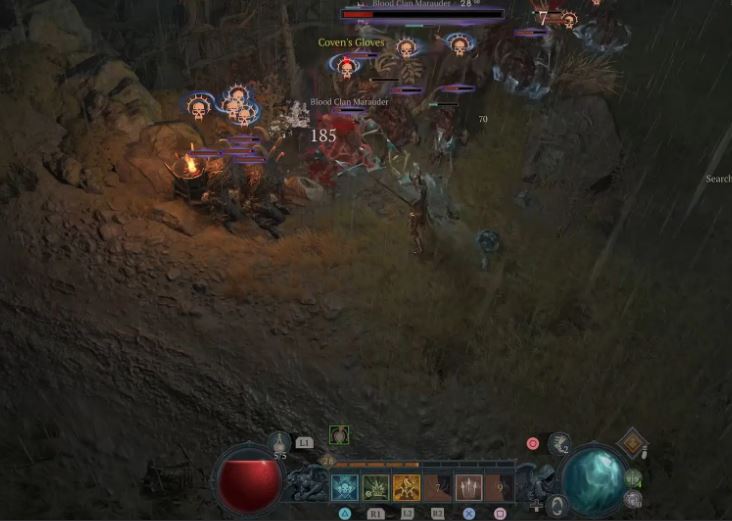Season 8 of Diablo 4 brings significant changes, particularly with its progression systems, boss mechanics, and class balances. After spending time on the PTR (Public Test Realm), I’ve analyzed these updates and compiled feedback for the developers while reflecting on the season’s potential. This comprehensive overview addresses the highlights, issues, and opportunities for improvement as Diablo 4 continues to evolve.

New Difficulty Progression
One of the most noticeable changes in Season 8 is the revamped difficulty progression. Torment 4 has become much harder to access, with rebalanced monster life values and damage scaling. This shift makes content like the Pit incredibly challenging, with most builds capping out at Pit 100-110. The highest PTR clear reported was Pit 120, but this involved bug abuse. The difficulty is intentional, with the developers aiming to make Torment 4 more aspirational.
However, the lack of meaningful rewards for Torment 4 remains a concern. While it serves as a personal milestone, the minimal reward jump compared to Torment 3 discourages players from pushing higher. Introducing exclusive items, higher item rolls, or unique incentives for Torment 4 could address this gap.
Glyph Scaling and the Pit
The Pit remains a core gameplay feature, but the new scaling system poses challenges. Many builds will struggle to max out their glyphs due to the increased difficulty. Builds must reliably clear Pit 95+ to complete glyphs, which significantly narrows viable options. This may frustrate players who enjoy experimenting with off-meta builds.
Season 8 Theme
Season 8 introduces a boss-focused theme, where players defeat bosses to earn unique powers like Ashava’s Breath or Lilith’s Boils. While the concept is appealing, the execution feels repetitive. Many builds revolve entirely around boss powers, overshadowing traditional skill-based builds.
– Encourages boss farming
– Introduces new mechanics
– Provides character progression
– Over-reliance on boss powers
– Limited creativity in design
– Balance issues among classes
Tuning these powers for better balance and reducing their dominance in the meta could create a more diverse and satisfying gameplay experience.
Boss Mechanics and Loot Tables
The new bosses and their mechanics are a highlight of Season 8. They offer a genuine challenge, especially in Torment 4, where one-shots are common. However, the loot table design is problematic. Three bosses—Andariel, Duriel, and Mephisto—share identical loot tables, reducing the incentive to fight harder bosses.
| Boss | Loot Table | Difficulty |
|---|---|---|
| Andariel | Shared | High |
| Duriel | Shared | Medium |
| Mephisto | Shared | High |
| Baal | No Unique Items | Low |
Each boss should have a distinct loot table with unique items to encourage variety and reward players for tackling more challenging encounters.
Class Balance and Builds
Class balance has improved significantly, with overpowered builds from Season 7 toned down. Most classes now have viable options for high-end content. However, many new build options introduced in Season 8 feel underwhelming or niche, failing to compete with established meta builds.
For example, Druids received a helm for human-form casting, but it lacks the power to rival shapeshifting builds. Similarly, Rogues’ poison trap builds are clunky and underperforming. While experimenting with niche playstyles is valuable, these options require better tuning to become viable.
Bugs and Long-Term Improvements
Bugs remain a recurring issue in Diablo 4, with many affecting gameplay on the PTR. Boss powers not functioning correctly and broken aspects on Spirit Bond builds are just a few examples. Blizzard’s commitment to early-season patches is promising, but more robust quality assurance is essential.